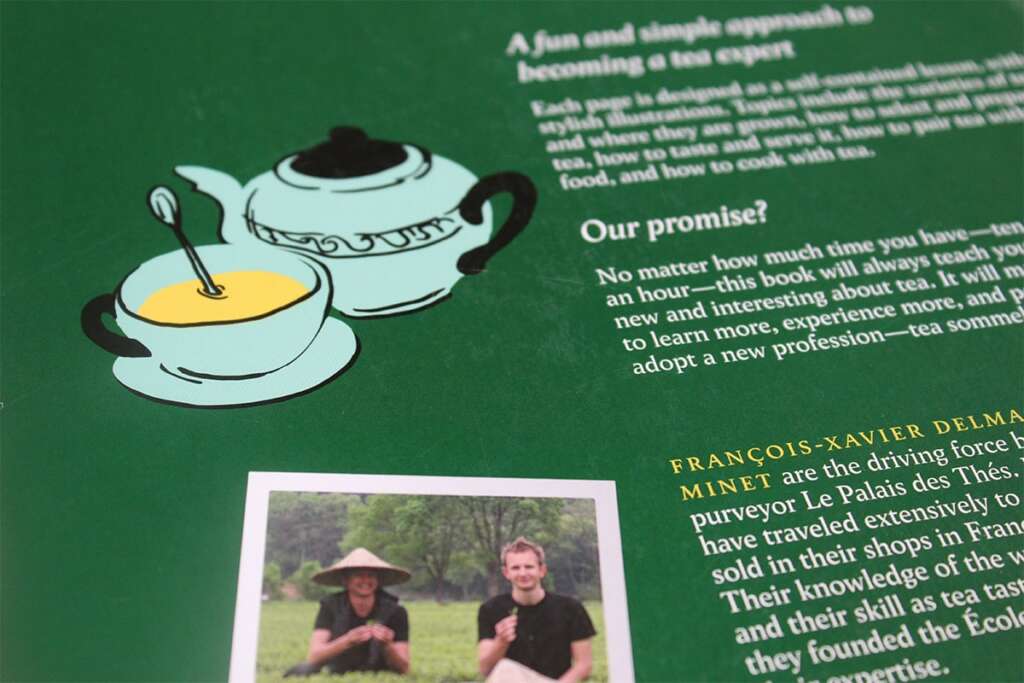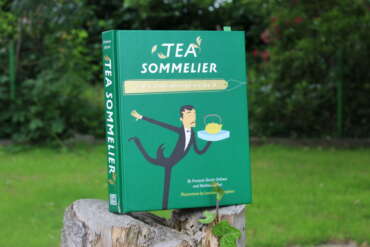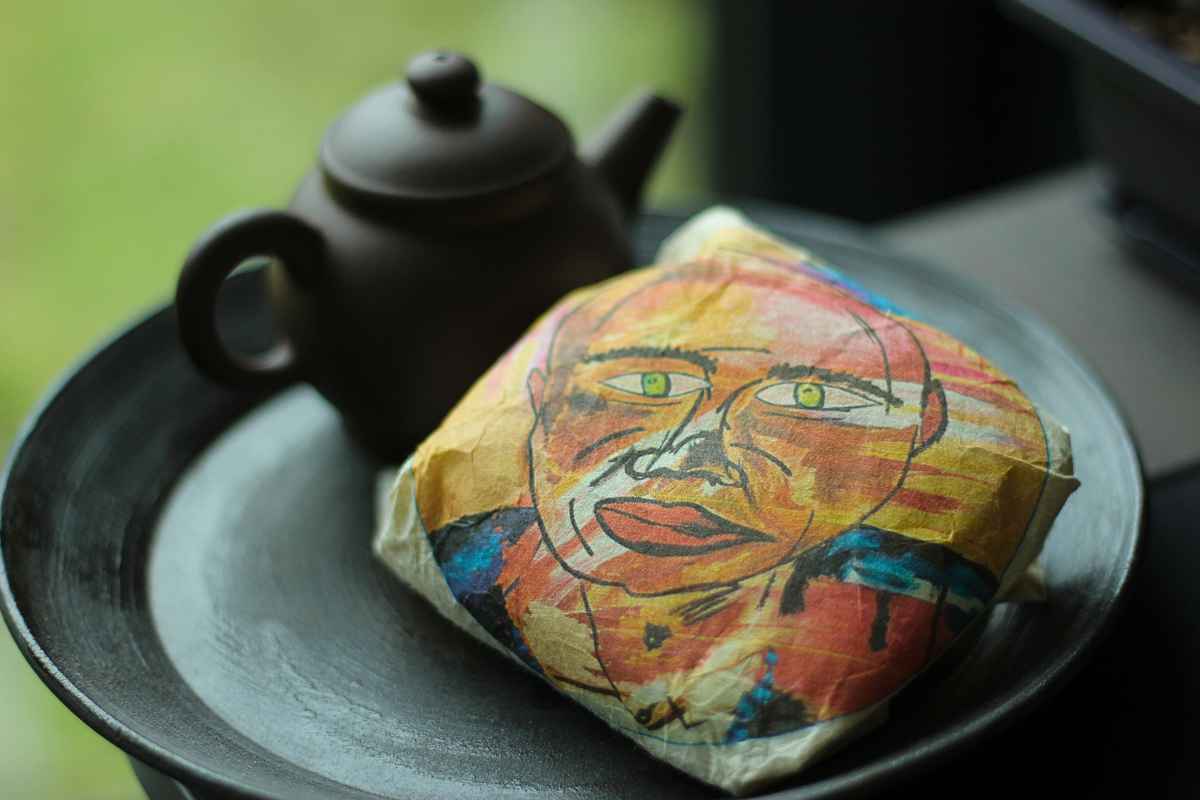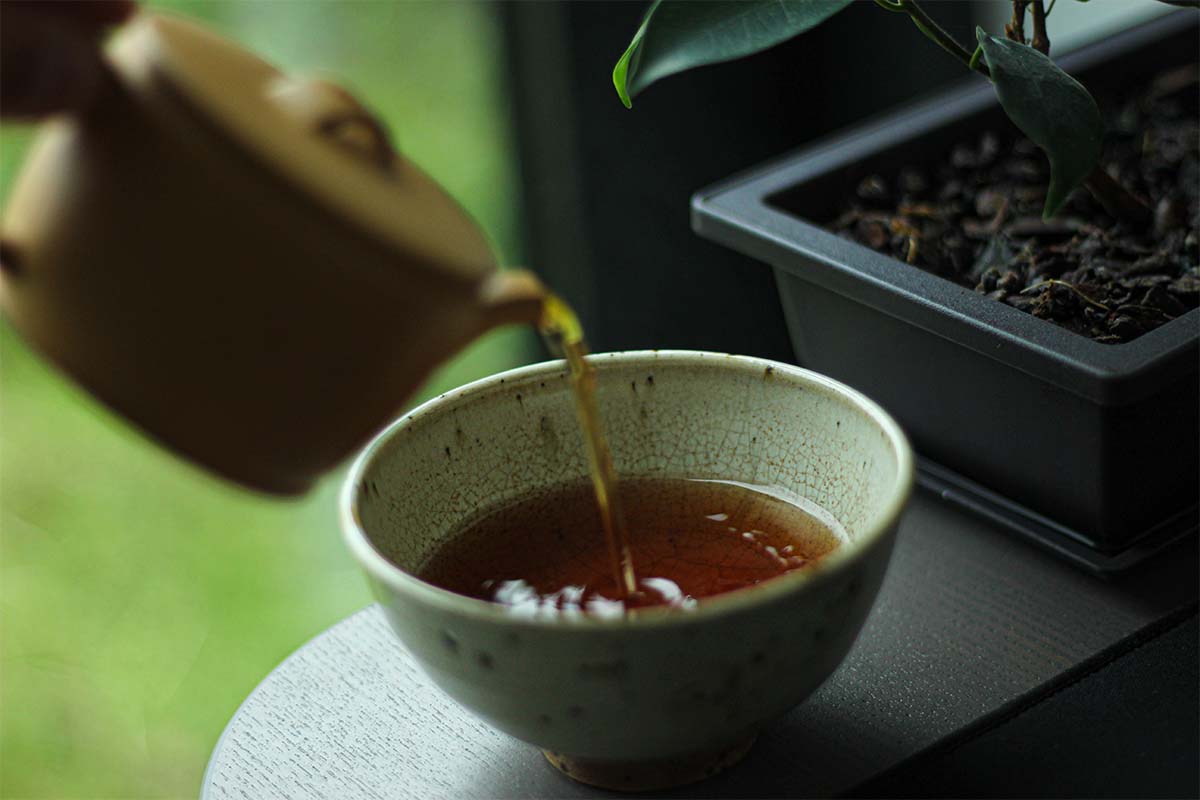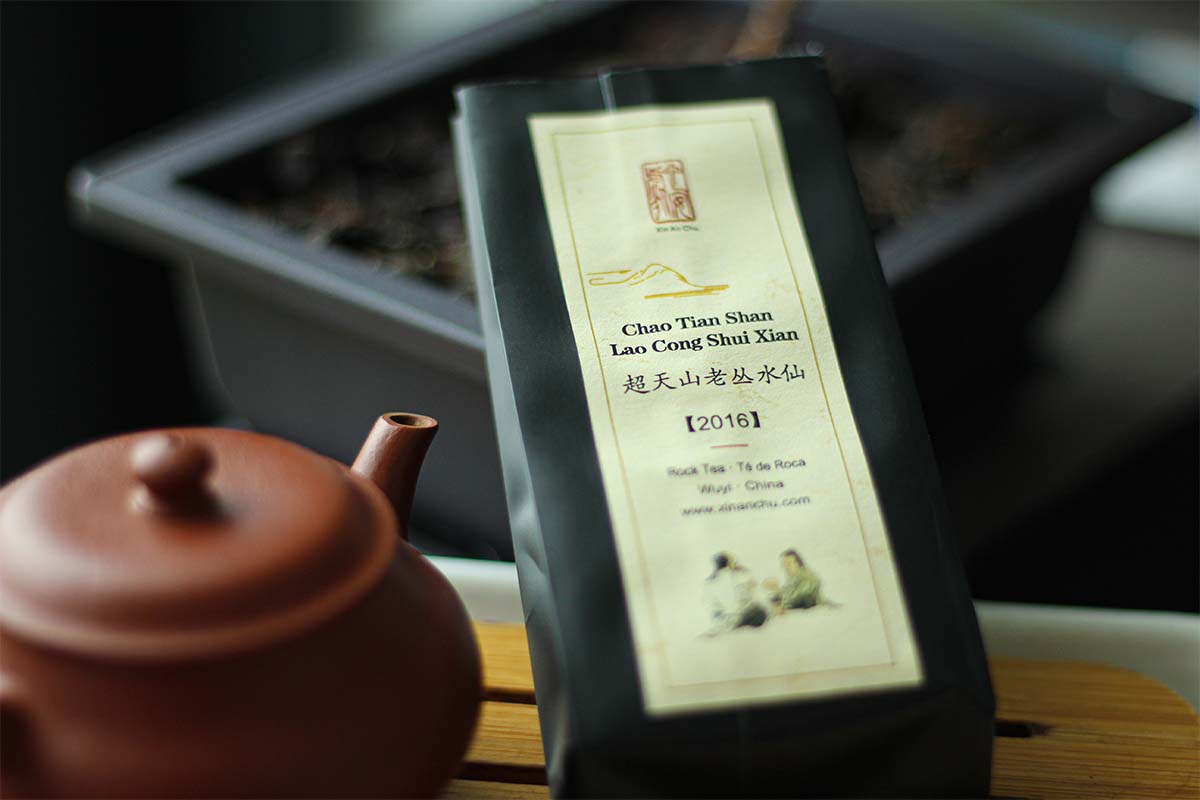When starting your journey into the world of loose leaf tea, one can be a bit overwhelmed by the massive amount of information available. One of the best ways to learn about tea is the internet but how do you know where to look for the right information? Another way of learning about tea are books! Buying books can offer you a specific kind of information. One of those books is Tea Sommelier: A Step-by-step Guide by Francois-Xavier Delmas and Mathias Minet.
Why did I buy this book?
I was looking for books with a lot of information on how to sharpen my skills. I wanted to become better at selecting, brewing and eventually tasting tea. This book promised all of those things. It doesn’t matter how much time you have because this book claims that it will always teach you something interesting about tea. It’s “a fun and simple approach to becoming a tea expert”.
Do you want to know more about the last tea I have tried? You can read about white2tea’s 2019 Green Hype here.
What do you get?
The book consists of text (duh! It’s a book) with a lot of beautiful illustrations by Lauriane Tiberghien. It’s a very appealing book for people who are new in the world of tea. It offers a lot of information in a rather informal way. In my opinion, the illustrations offer a whole new dimension. The information in the book is designed for personal use as it offers several lessons on how to improve your senses. This way, you can really pick up every detail of the tea you are drinking. In some ways, it’s also designed for professional use. It contains a lot of information about cooking with tea and pairing different foods with the perfect tea.
How does it look?
When you open the book on a random page, you will always get one (or sometimes two) lesson(s) about one aspect of tea. This can be about anything tea-related (taking care of your teapot, choosing the right water, different terroirs, gong fu tasting method, …). Each page is designed as a self-contained lesson, which makes it ideal if you only have 10 minutes to spare.
What after reading it?
This is not a typical book that you read once and then put it on the shelf between your other books. One of the major selling points for me is the fact that it offers practical knowledge. For example, it includes a list of different types of tea with some practical guidelines and general information (how to brew it, which flavours to expect, where that type of tea comes from,…). If you want to go your own way, that is certainly possible because there is an eight-page list of different flavours. This list is divided into several categories (fruit family, green and herbal family, woodsy and earthy family, floral family, food family, mineral family,…) to offer a logical and clear overview of possible flavours. While tasting tea, you could put the book next to you to try and name the different flavours you experience.
Do you want to read about a Jianshui teapot I bought a while ago? Why did I spend that much money on a teapot? You can read all about it here.
Conclusion
In general, I really like this book. It’s not a boring pile of information about the history and processing of tea. Instead, it’s a collection of short, neatly organised (mostly because of the illustrations) and useful lessons to improve your tea sessions. It does give some information about history and processing but it’s reduced to a bare minimum. This way, you know what you need to know in order to understand the tea you’re drinking. After reading it, it’s best to keep this book at hand during sessions to go crazy with the list of flavours. This is what I do and it has helped me on several occasions. If you are looking for an easy to read a book about tea as a beginner or as someone who already has (some) experience with tea, this book will offer you some new insights. You might even incorporate some of the tips in your sessions! If you are, however, looking for an extensive history or detailed descriptions of tea, this is not the book for you. This book is more practical and offers less encyclopedic knowledge. Nevertheless, this book is an amazing addition to my library.

